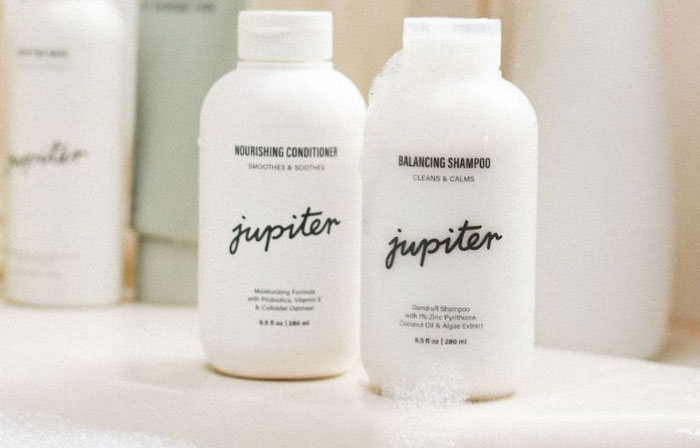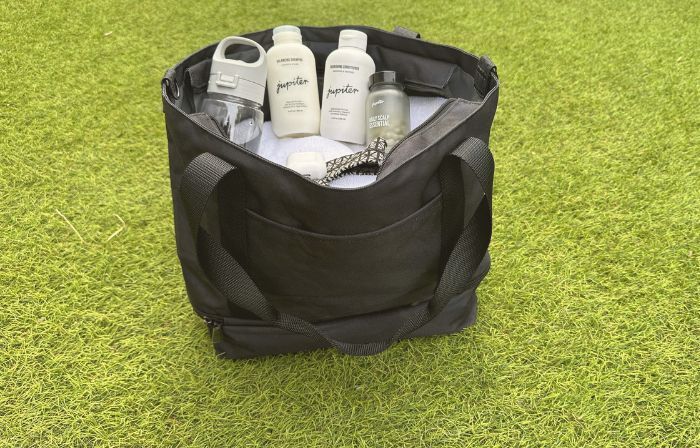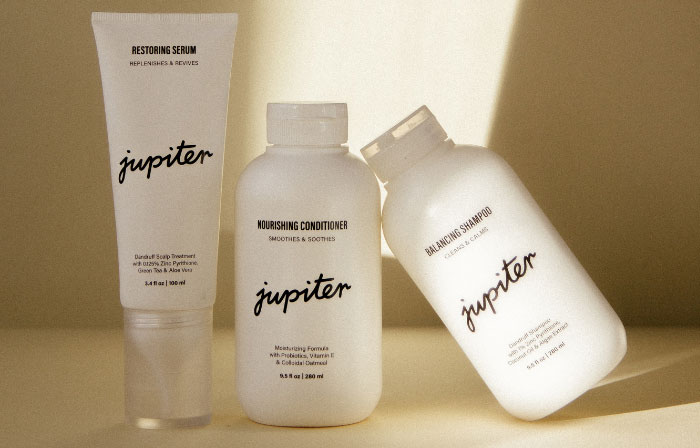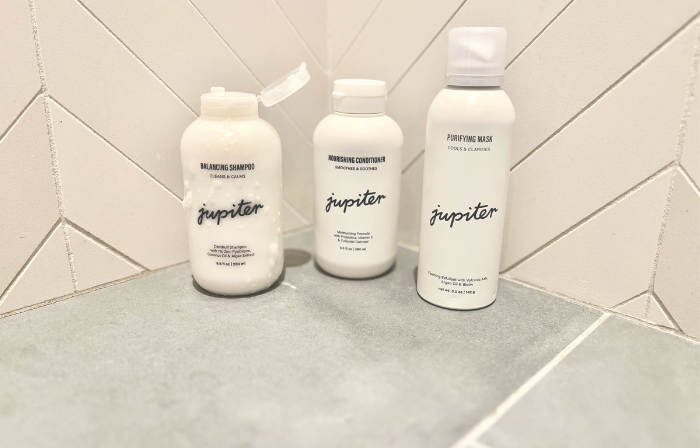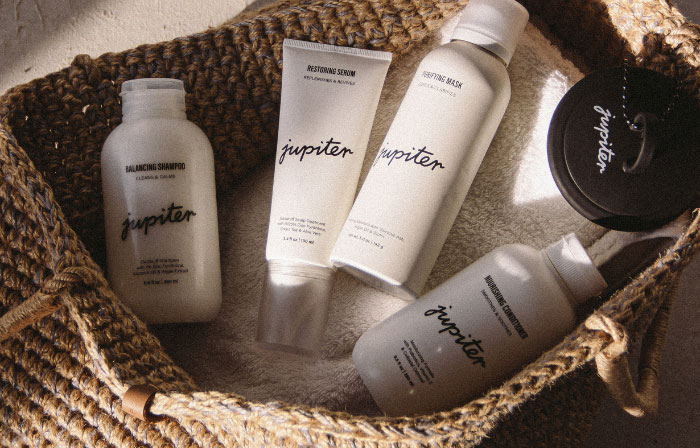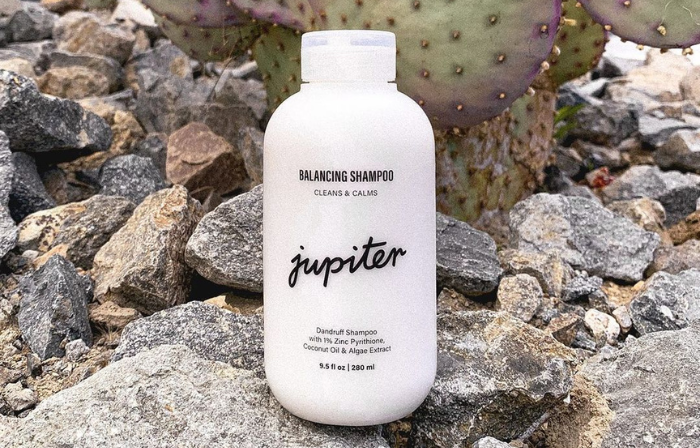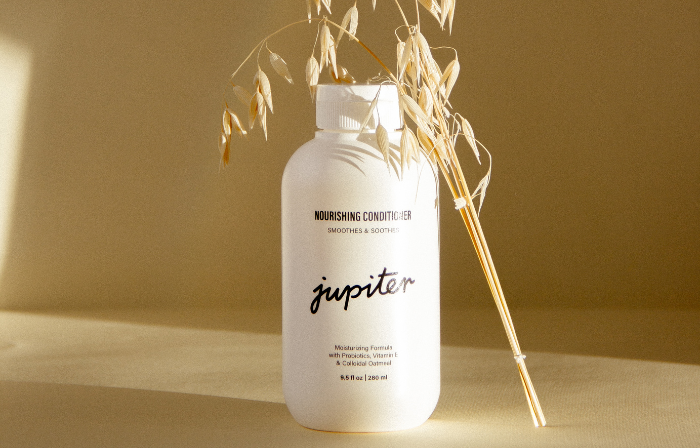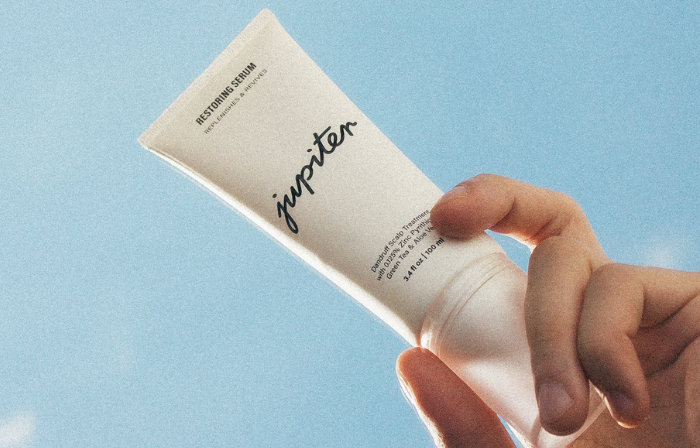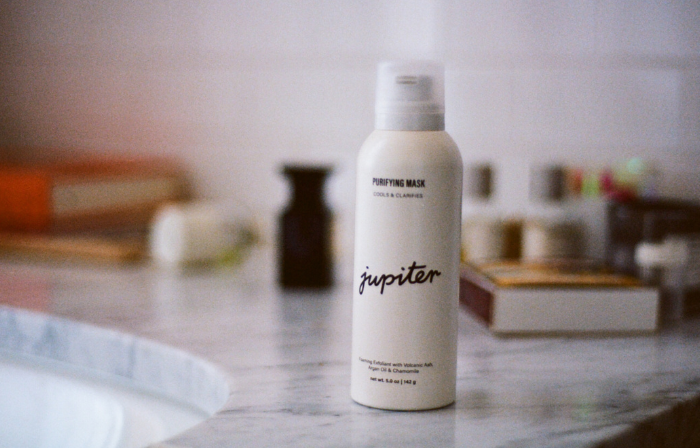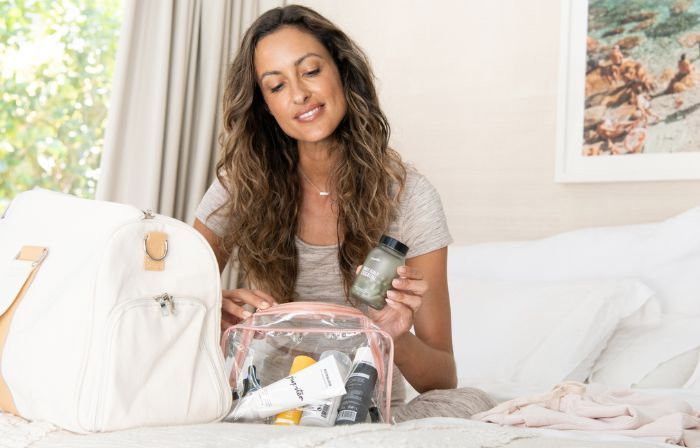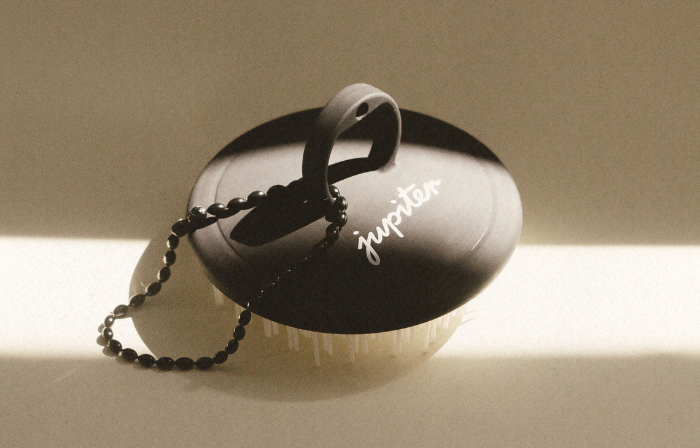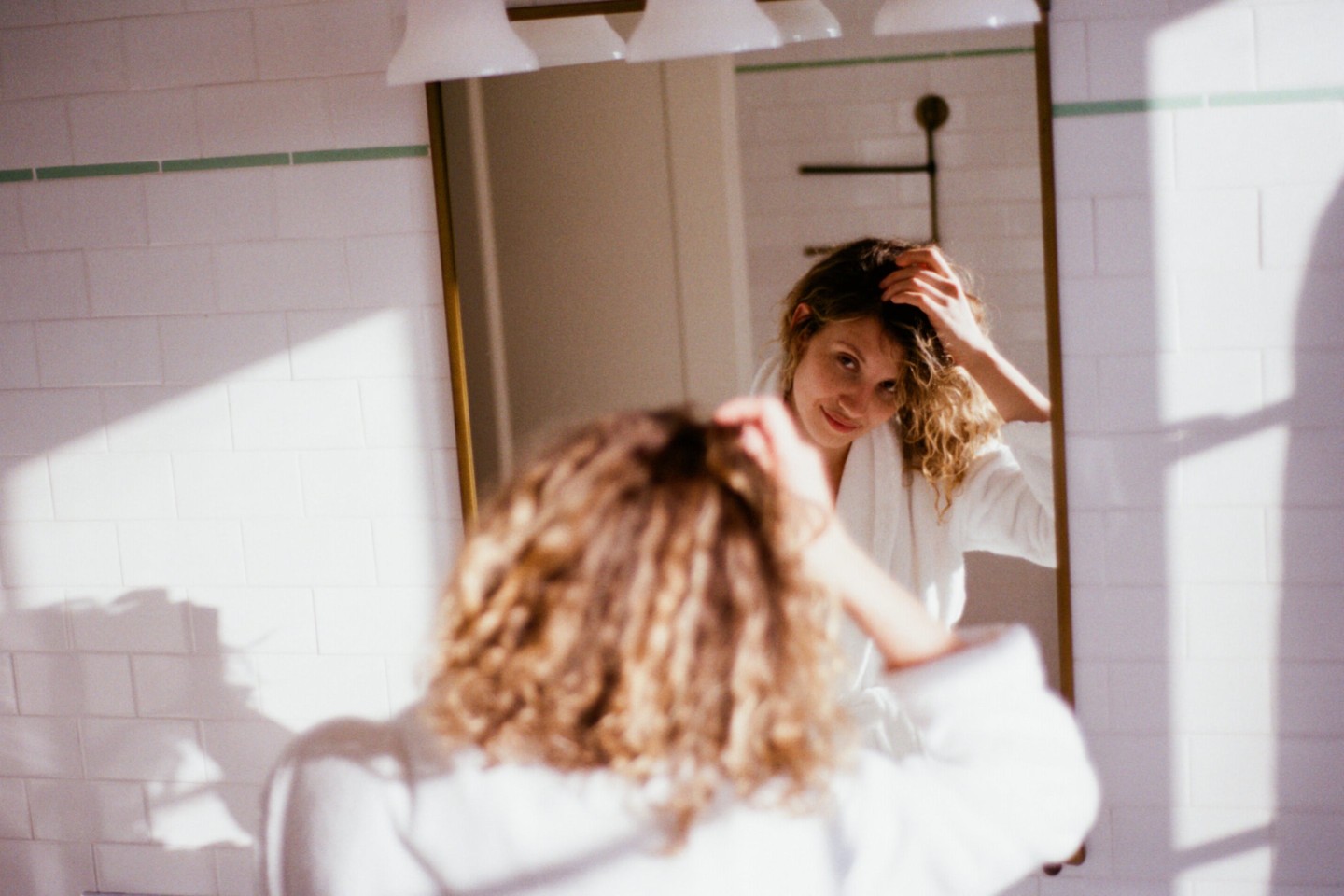🫶🏻 OUR 5% PLEDGE TO HER
#STRONGHERTHANYESTERDAY - WE DONATE 5% TO WOMEN-DRIVEN CHARITIES. LEARN MORE.
Dandruff: Why It Happens & How to Treat It Quickly
Think fast: what is dandruff?
If you’re like most people - even those who have dandruff - you can’t give a very clear answer to this question (or any answer at all). Dandruff is incredibly common, but there are still many misconceptions about why it happens and how to treat it. (And yes, you can treat it so effectively that you’ll stay flake-free for good.)
But don’t worry - we’re here to help. Here’s what you really need to know about those pesky flakes and how to get rid of them.
Why Dandruff Happens
Dandruff is the flaking that results from the irritation of your scalp. This scalp irritation or flaking may be linked to seborrheic dermatitis, psoriasis, dry scalp, and other conditions. When your irritated scalp sheds flakes of skin cells, that’s dandruff.
This condition affects a huge number of people. The causes, however, are varied, and researchers are still trying to figure out exactly why dandruff happens. One thing we know is that dandruff is not necessarily caused by personal hygiene habits and no amount of hair washing can cure (key word is cure versus manage, but more on that later) dandruff.
Many researchers believe that a root cause of dandruff is an overgrowth of a yeast called Malassezia. This yeast, which grows all over your body and can inhabit your scalp, likes to feed on your skin’s oils. For unknown reasons, this irritates some people’s skin. Dead skin cells then slough off, and you can have both oil and flake problems.
For those with chronic dandruff, researchers think that low zinc levels may contribute to dandruff problems. Your genetics may also be a factor in whether or not you have dandruff. Lifestyle factors also impact those with chronic and occasional dandruff including stress, travel, exercise, pollution, humidity, and diet.
But first, how do you know if you really have dandruff?
Symptoms of Dandruff
Occasional itchiness and dry skin can be normal. But dandruff symptoms are different. They tend to stick around long-term and get worse the longer you go between shampooing. That’s because the buildup of sebum encourages fungal growth - causing more dead skin cells to flake off.
Mild dandruff may involve a flaky scalp and minor irritation, while severe dandruff can cause oily hair, intolerable itching, and serious scalp irritation. You can also have itchy or flaky skin on other parts of your body, such as your face, ears, and chest.
When is it Not Dandruff?
There are many conditions that cause dandruff, but have additional symptoms and underlying issues.
For example, if you have severe flaking and an itchy scalp but also a fever or swollen lymph nodes (glands in your neck), you may have a more complex condition called tinea capitis, or scalp ringworm. While a symptom of this condition may be dandruff, it has other underlying issues and is highly contagious. So if you think you may have it, you should see a dermatologist ASAP.
Other conditions like eczema and psoriasis can show up on your skin and scalp, resulting in flaking. Certain types of alopecia (scalp conditions that lead to hair loss) can also cause flaky skin and itching. Regardless of the underlying cause, some dandruff treatments can cut down on the symptoms.
Mild dandruff may involve a flaky scalp and minor irritation, while severe dandruff can cause oily hair, intolerable itching, inflammation, and serious scalp irritation.
How to Treat Dandruff Quickly
Treatment of dandruff requires more than just frequent shampooing. To get flake-free, you need to add scientifically formulated dandruff treatment products to your routine, and adjust your daily habits. Here are a few key steps to take.
Use Dandruff Shampoo
Shampooing with Zinc Pyrithione has proven an effective method to treat dandruff. Zinc Pyrithione (ZPT) helps stop fungal growth, preventing dandruff flakes. Just by shampooing regularly, you can reduce redness and irritation of the scalp, and control flakes. ZPT has been proven safe and effective by extensive scientific research, so this is a perfect first-line treatment if you’re experiencing dandruff. Try Jupiter’s Balancing Shampoo, formulated with Zinc Pyrithione for a flake-free scalp.
Be Wary of DIY Steps
There are some DIY methods out there for combating dandruff - but be cautious as they are not proven to be effective. For example, some sources say that common kitchen ingredients like baking soda and coconut oil can combat fungi, flaky skin, and more. Some active ingredients, over-the-counter medications, and home remedies like coal tar, salicylic acid, tea tree oil, selenium sulfide, and tar shampoo may be effective, but they can also exacerbate dryness or allergies when used improperly.. Using these ingredients in the wrong dosage or formulation can actually cause more harm than good. Always seek medical advice before trying out any antifungal home remedies.
One other purported method of helping ease dandruff is increasing your zinc intake. More zinc may provide benefits for your scalp and skin, but don’t overdo it. Consider a supplement if you suspect low zinc levels, but be sure to take other steps toward a cleaner scalp, too.
Wash Carefully
Because hot water can make skin conditions worse - especially if you have sensitive skin - using lukewarm water (and doing a cold water rinse at the end, if you’re so bold) on your scalp is a smart first step. You can also use products with fatty acids or other moisturizers. Conditioners and scalp products with ingredients like coconut oil, aloe vera, or oleic acid can moisturize your scalp and hair. Our Nourishing Conditioner, which includes probiotics and soothing ingredients like colloidal oatmeal to smooth and soothe your scalp, is a great complement to our anti-dandruff shampoo AKA our Balancing Shampoo.
Watch What You Put on Your Skin (And Hair)
If you already have allergies, be wary of which cosmetic products you put on your skin and hair. There are also dermatology-specific medications like ketoconazole or prescription medicated shampoos that should only be prescribed by a medical professional. Pay attention to how your body and scalp respond to products and stop using anything that causes further irritation.
Getting Rid of Dandruff For Good
Although it’s a common condition, no one wants to live with scalp discomfort like dandruff. And fortunately, you don’t need to. Do your head & shoulders a favor and learn more by taking our quiz, and subscribe to our newsletter to learn tips and tricks to help keep you flake-less, free of charge.
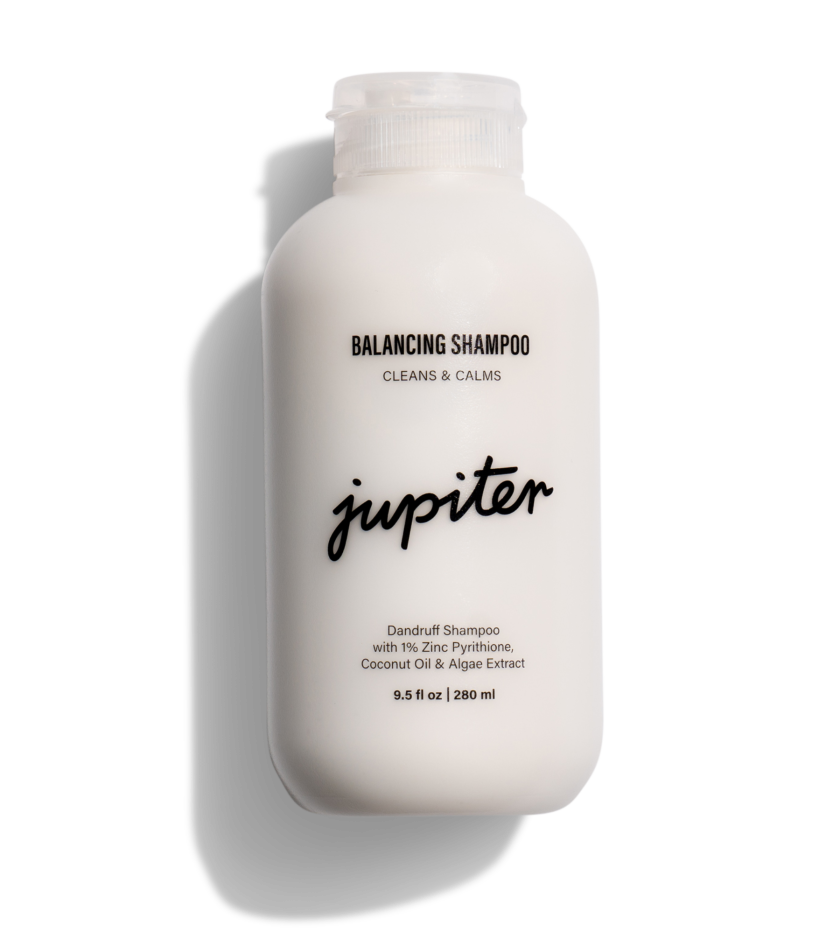
Meet our head honcho. This soothing multi-tasker gets to the root of flaking and irritation, thanks to our star active ingredient, Zinc Pyrithione. Backed by a lush aroma of mint, vanilla, rosemary, sage, tangerine, and lavender, it’s bound to elevate your mood, and your shower.
